Many students complain that algebra is not applicable to the real world, and they cannot see the benefit of learning it. This view can be counteracted by using STEM activities to show students that algebra is used in STEM activities.
We use algebra unconsciously in many daily pursuits, which could be regarded as STEM activities. Using these activities to identify different elements and their relationship employs algebraic principles. There are many resources available to assist teachers in using STEM activities for algebra 1.
Linking Algebra 1 to STEM activities assists students in understanding that mathematical principles are useful and valuable to learn. It may spark interest and encourage students to pursue these areas of study, eventually influencing their choice of occupation.
Teach Equations Using STEM Activities
We unconsciously use algebra in everyday life to evaluate what groceries to buy with the money we have available. Or the trajectory of a ball that is thrown. Many STEM theories and activities revolve around the use of formulas which may be described as equations. Developing equations and solving them form the basis of algebra.
It is optimal for students to complete the activities and develop the formula themselves. There may be several formulas that are proposed. The class should then be encouraged to check the validity of each formula. This allows the class to learn the scientific methodology and critical thinking skills.
Swinging STEM Activity for Algebra
Here is an activity that connects some math concepts and dips into physics as well. Wait, where are you going? It’s not that hard. We’re going to head out to the playground and the swing set. Check it out:
For this activity, the students need to investigate and develop the equation that force equals mass times acceleration.
F (Newtons) = mass (kg) x acceleration (m/s2)
Additional equations that could be used in this activity are:
Speed = distance ÷ time
Acceleration = distance ÷ time2
There are several ways to approach this with a fun activity. Let’s head to the playground.
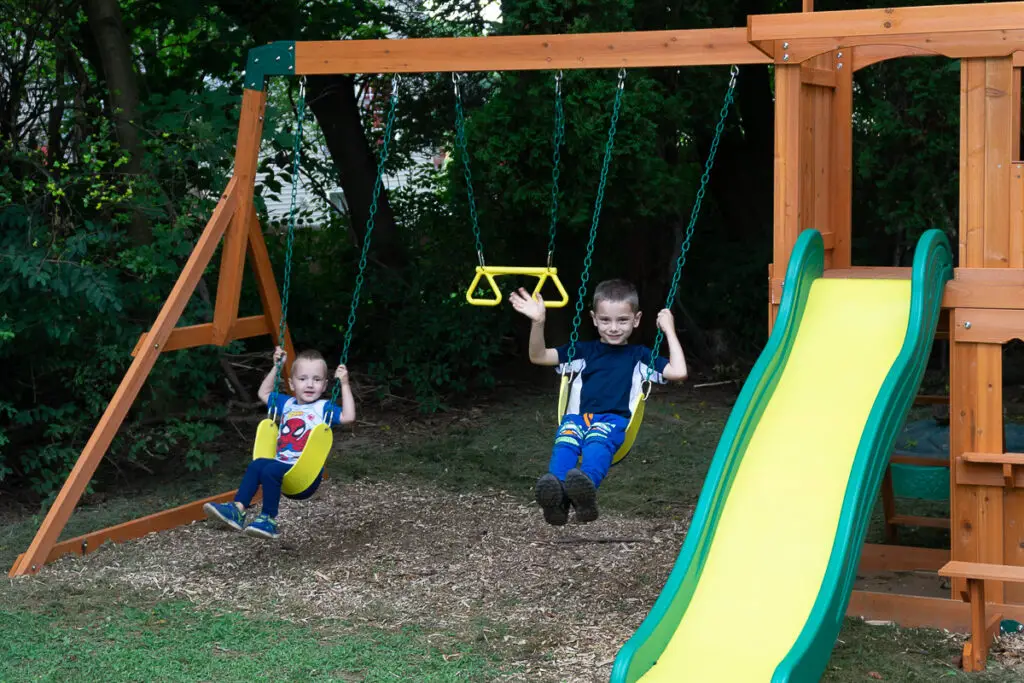
Method 1 – Swings
- Use a standard set of playground swings.
- Weigh the students that are to be pushed on the swing to determine their mass.
- Have other students push those on the swing with equal force and see which student goes higher on the swing. (“Equal Force” will be a bit subjective here, so do the best you can to push with consistent energy and direction.)
- Alternatively, have two students hold a rope in front of the swing. Determine subjectively the force needed to push each student swinger to the height of the rope.
Some students may be self-conscious about their weight. If you feel this will be an issue, consider using Method 2.
Method 2 – Using Weights
- Use several predetermined weights such as dumbbells, packages of flour, a gallon jug of water, or any other suitable object.
- Attach the object to a rope that is attached to a sturdy A-frame or horizontal pole. A a swing set or soccer goal would work here, but use what you have available.
- Swing the objects and note their height or the force needed for them to attain a specific height.
- Ask the students to write out the factors affecting the force needed.
The activity can be varied by having students consider speed, acceleration, and force. The weights can be altered significantly to achieve more startling comparisons.
Related Post: How to Make Math Fun
Teaching Fractions Using STEM Activities
Fractions are a vital part of algebra and scientific equations. Many students arrive at an Algebra 1 class with an incomplete understanding of fractions. There are many STEM activities that can be used to teach fractions.
Using Pizza to Teach Fractions
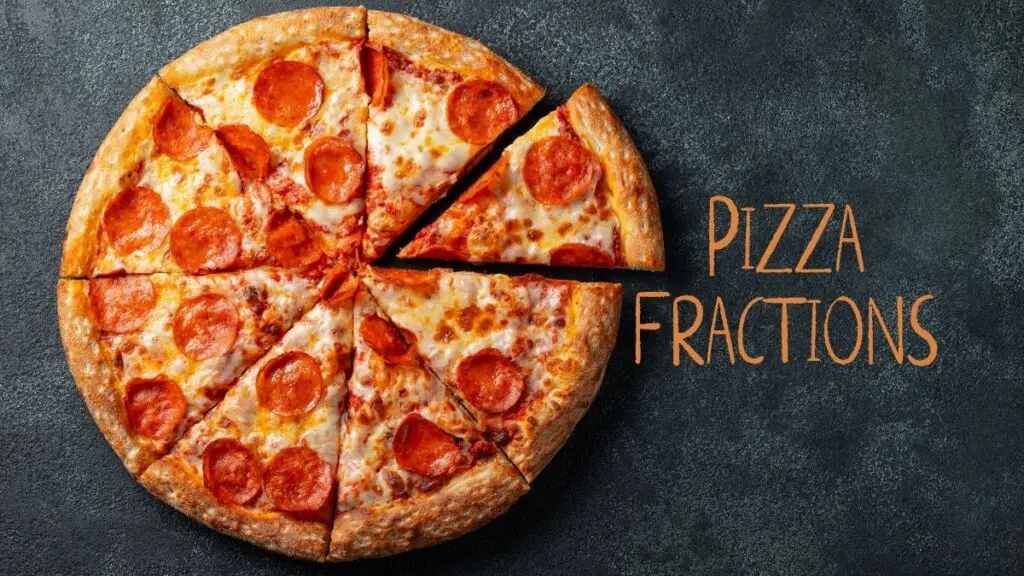
Pizza always gets our kids’ attention. If you get your pizza delivered or have it at a restaurant, it’s usually already cut for you. Challenge your child to tell you, in fractions, how much is one slice. How about two slices, or four?
How many slices is half the pizza? In the picture above, is four slices 1/2 or 4/8 of the pizza? (trick question – both are correct.) Have them reduce the fraction or ask the question so they need to express it another way.
Math and algebra problems can be informal; you don’t need a classroom or worksheets. You can find little challenges like this to practice every day, and incorporate math into real world situations. Sometimes something as simple as pizza math is all it takes for a more complex concept to “click” for some kids.
You can do the same exercise with some pie!
Create An Origami Fan Using Fractions
Use origami paper or thin cardboard for this activity.

- Ask your kid(s) to fold the paper into various fractions, progressing from biggest fractions to the smallest. The students will see that one half can be made up of several smaller fractions.
- Let the the kids decorate their fans. You can instruct them that a certain proportion must be colored one color and another proportion another color etc.
The activity can be varied for older students by having them design the fan using various materials, including fabric and inserting sticks to divide the fan. The students can be asked to develop a fan that would teach younger students about fractions.
Related Post: Don’t stress about math! Check our post on How to Overcome Math Anxiety
Light Spectrum Activity Including Fractions
Discuss the light spectrum with students and use a prism to show the division of white light into various colors – red, orange, yellow, green, blue, indigo, violet.
Ask your kids to come up with a mnemonic that helps them remember the order of the light spectrum. (Roy G. Biv is the tried and true mnemonic – see if you can come up with a better one!) Explain how using mnemonics is a memory tool.
- Use paper plates or a circular disc and have the students divide the plate into seven equal parts.
- Let the students color the seven sections of the disc the seven colors of the light spectrum.
- Discuss fractions at this point. Alter the language used so that instead of saying “one-seventh is red”, say “one out of seven parts” is red. The language used in teaching mathematics can make a big difference to student understanding.
- Mount the disc on a straw or chopstick using a nail or split pin that allows the disc to spin.
- Let the students spin the discs and see their colored circles become white as the colors merge.
Extra Resources For Including Algebra In STEM Activities
This article cannot include the many hundreds of STEM activities that can include algebra. You can focus on project-centered work, which can include algebra 1, science, technology, engineering, and mathematics, and try to fit math problems into daily situations.
There are many easily available resources to assist teachers or homeschooling parents starting out on such a program.
- Irina Lyublinskaya uses some examples of lessons to demonstrate to teachers how to teach Algebra in STEM activities.
- Space is always an exciting topic for students. NASA has a wonderful resource for teaching Algebra 1 called Exploring Space Through Math.
- NASA’s Jet Propulsion Laboratory provides ideas on STEM lessons which include Algebra 1. The grade can be selected to ensure the lessons are appropriate for the students.
If you want to use music and make math relatable, check out our Taylor Swift Math Activities!
Wrap Up – Math Activities using STEM (Algebra 1)
STEM activities are useful for project-driven teaching that includes Algebra 1. Many STEM principles are based on mathematical equations and may be depicted using cartesian coordinates. Simpler mathematical principles such as fractions, which are central to Algebra 1, can also be taught using STEM activities.
Teaching mathematical concepts with hands on experiments and real world examples is a great way to break up algebra lessons and give students a different way to approach algebra lessons.
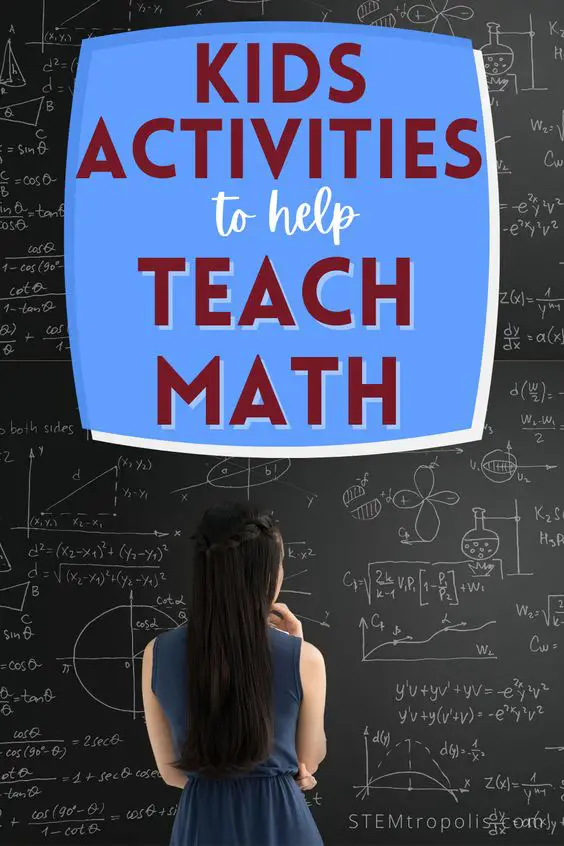

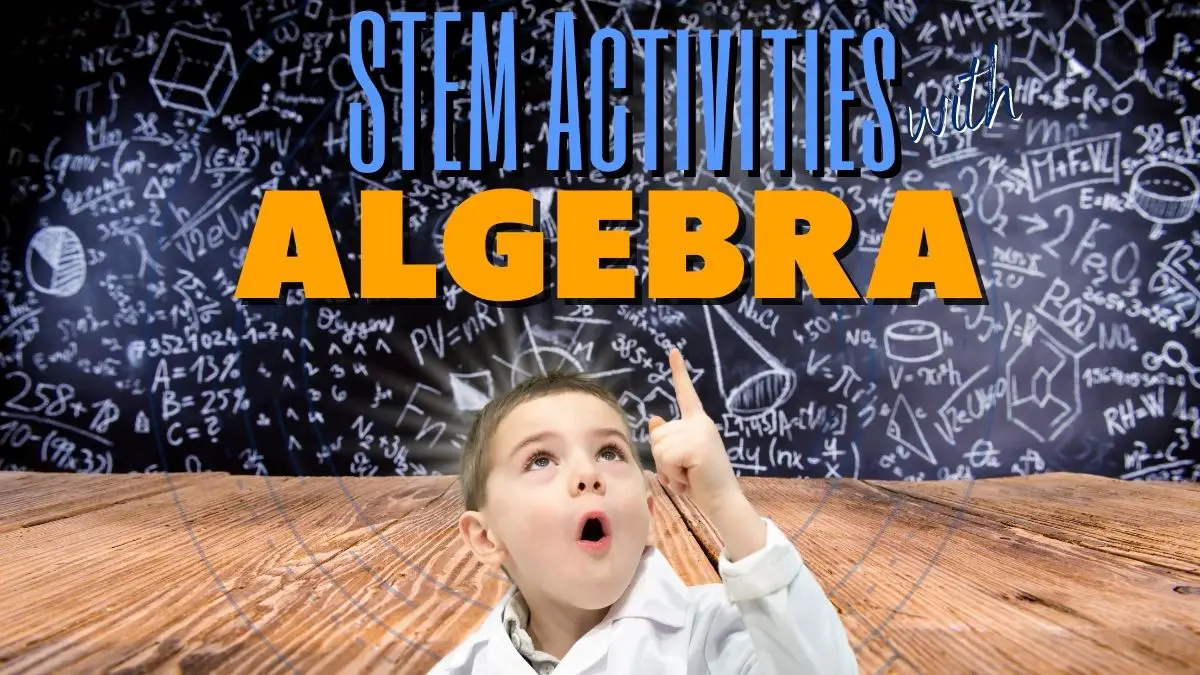
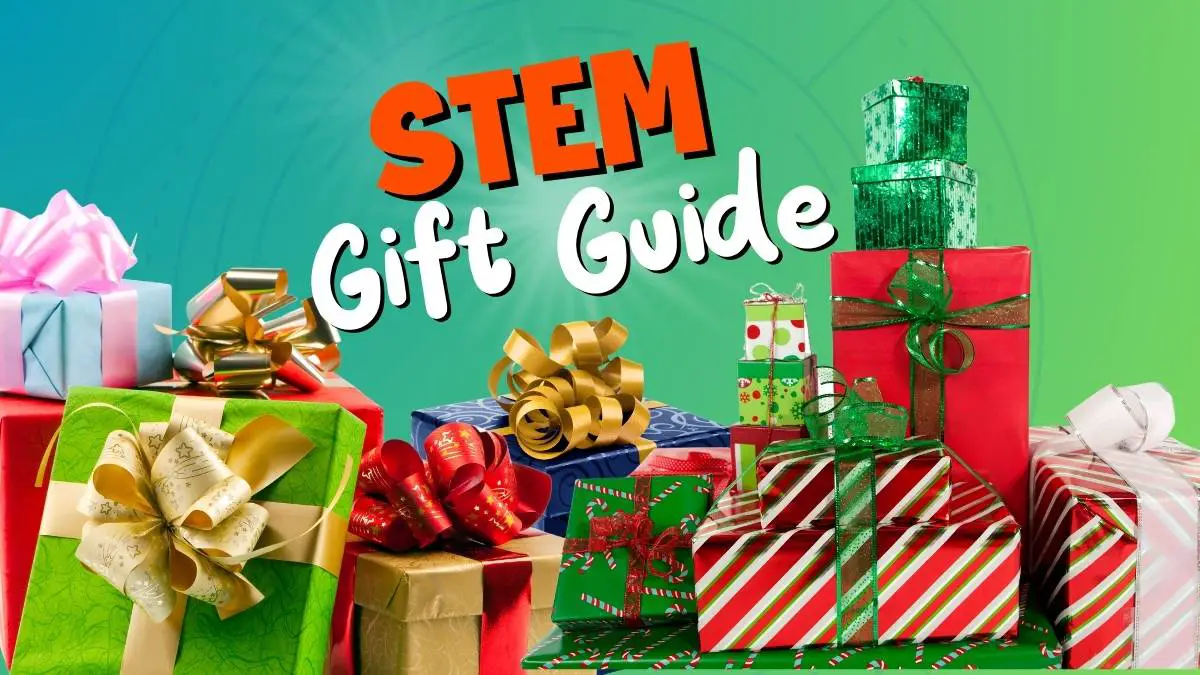
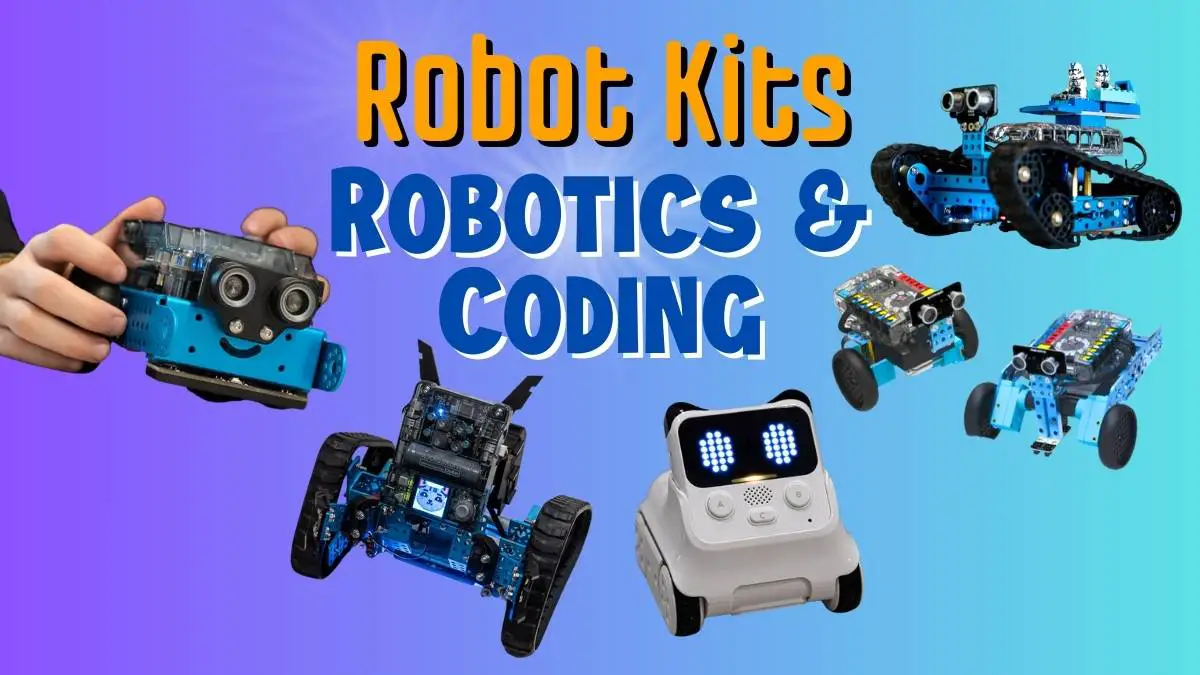
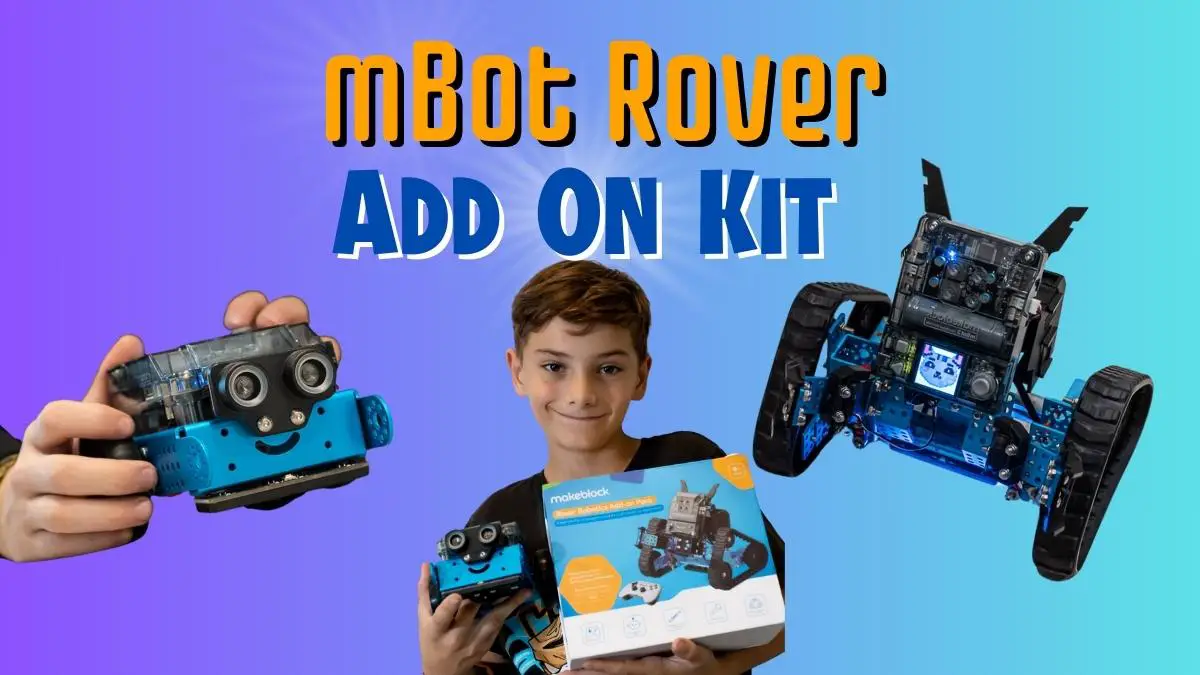
One response to “STEM Activities for Algebra 1”
Great content! Keep up the good work!